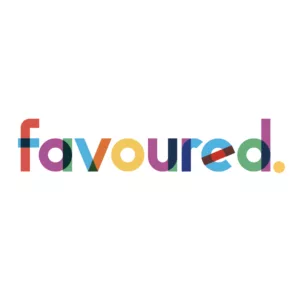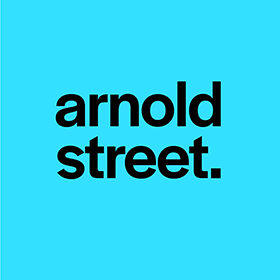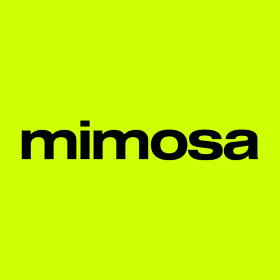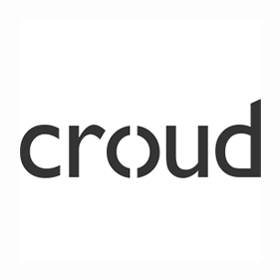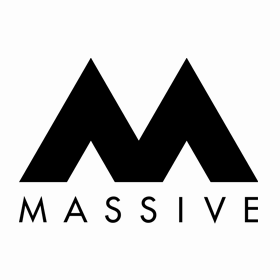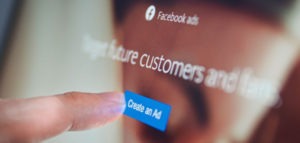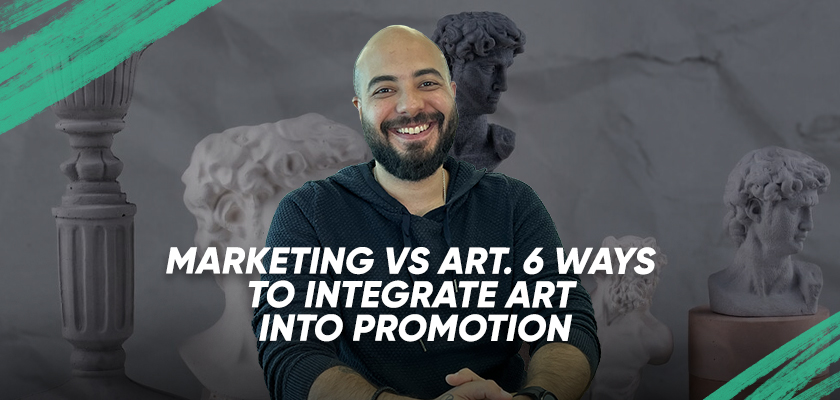
Marketing vs Art: 6 Ways to Integrate Art into Promotion
Today we will discuss the topic of art and its relevance in the development of the brand. The main problem facing most brands is how to attract a disproportionately high level of attention. And every year it becomes more difficult and more expensive, the cost of attracting a client increases, and the effectiveness of advertising tools decreases.
In today’s world, consumers do not just choose a product to meet a need, they choose common values. Therefore, creative and effective marketing is a key sales driver for any business. But there is one secret ingredient that is rarely discussed, but is increasingly being used – the use of art in brand marketing and advertising.
It turns out that attracting attention and contributing to reviews is what art does best. In fact, more and more scientific evidence suggests that art, regardless of form, has a unique stimulating effect on our brain.
By the way, art includes all forms of human artistic creativity: visual arts, music and theater, fiction and poetry.
It has been proven that art creates deeper and longer-lasting memories and tends to settle deeply in our memory. After all, the brand’s job is not only to be recognized, but also to be remembered.
In a recent study, BoF Insights found that consumers want retail to play a more artistic role in their lives. Now shopping for consumers is increasingly merging with the category of “entertainment”, and if brands want to attract a high level of attention, they need to start thinking like artists and resorting to the use of art. All this is quite in the basics of impression marketing, when instead of material acquisitions, we begin to appreciate unforgettable experiences and impressions more.
Art is based on 5 types of interaction with people:
- appeals to the senses (sensory)
- evokes emotions (emotional)
- introduces new ideas and suggests thoughts (cognitive)
- inspires action
- evokes a sense of community and belonging.
In the book “Aesthetic Intelligence”, Pauline Brown cites studies that say that the experience itself brings only 50% pleasure to the participant, the other 50% is anticipation and comprehension. At the same time, the feelings and emotions underlying the experience determine up to 85% of customer decisions.
The modern consumer, no longer striving for the accumulation of material goods, is looking for the depth and significance of experiences. That is why those brands whose products or services make sense, touch the senses and excite the imagination are the most stable.
The Use of Art in Advertising Campaigns
The use of images of classical art in advertising is due to several reasons:
1. It is an ideal form and plot, refined images that are “ready” to be used in the interests of modernity. Through the use of world masterpieces, the psychological effect of “recognition” is achieved, the target audience perceives the advertised product as reliable, high-quality.
2. Classical images are relevant and appropriate in any era because of their perfection and aesthetics. At all times, people subconsciously perceive classical images as beautiful and ideal.
Despite the fact that art is now increasingly going to the masses, and more and more brands from completely different industries are turning to it, for many consumers it is still an integral part of the world of the rich and successful, as well as possessing greatness and cultural authority. Painting, sculpture, and theatrical art remind us what it means to be a civilized person.
In this way, a personal attitude towards a work of art is directed to the object of advertising. A similar phenomenon peculiar to the human psyche is called the transference effect. At the same time, the advertised product or service is no longer perceived by itself, but in relation to a work of art. That is, the purchase that is proposed to be made is both a luxury and a cultural value.
It is important to note that with the increasing polarity of the use of art by brands, audience viewing is also growing. That is, the quality requirements on the part of the business are constantly increasing.
The Use of Art in Marketing and Brand Development
I would like to note that the use of classical art images in advertising is far from the only way to inspire and leave a mark on the minds of consumers. There are many other ways to start a dialogue with culture and become one of its creators.
Here are 5 ways to integrate art into brand marketing:
- brands act as mentors, create and support corporate artist support programs, art collaborations, awards, and art residencies
- art collaborations with representatives of the art world. Product development and advertising with the participation of an artist is one of the most common formats of interaction,
- creating art impressions, for example, organizing exhibitions reflecting brand values,
- investing in the creation of art content: films, performances, applications, etc.
- to carry out an educational function, to make art accessible.
And now to examples of advertising campaigns and brand interactions with art. There are a lot of them, but I tried not to take something too popular and well-known. I considered different niches, segments and forms of interactions.
Ferragamo
The collection of the Florentine brand is a delight for art and fashion lovers!
The Uffizi Gallery, which has always served as a beacon for the brand, promoting the importance of new ideas, art, beauty and creativity, lent the brand its collection of paintings by Italian Renaissance artists. It also became the heart of the Florentine atmosphere that has always inspired Ferragamo.
This is how the brand returned to its origins and showed the connection with the city where the brand originated, as well as the important influence of art on it.
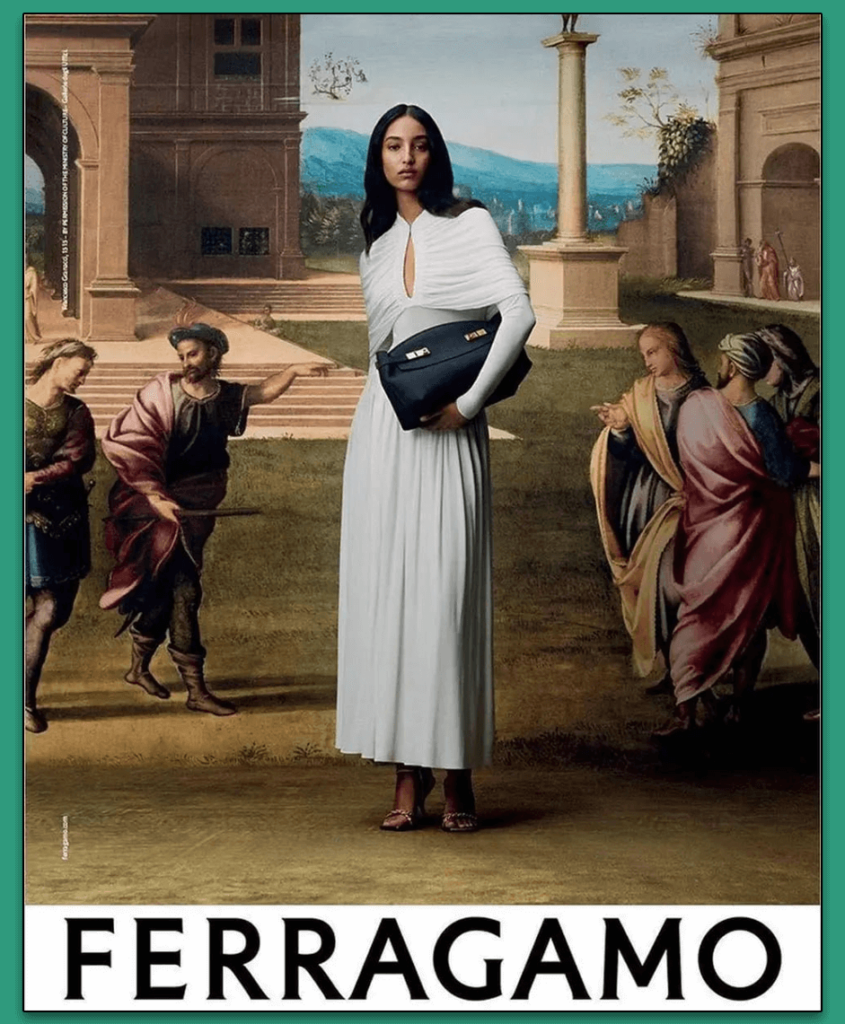
BMW
There are a lot of allusions to famous works and classics of painting in car advertising.
BMW’s advertising strategy rethinks the epochs: Mannerism, classicism, impressionism and surrealism, creating a new movement — forwardism.
The BMW i7 is an icon of a new movement that previously seemed impossible. A work of design, engineering and craftsmanship is such an advertising message.
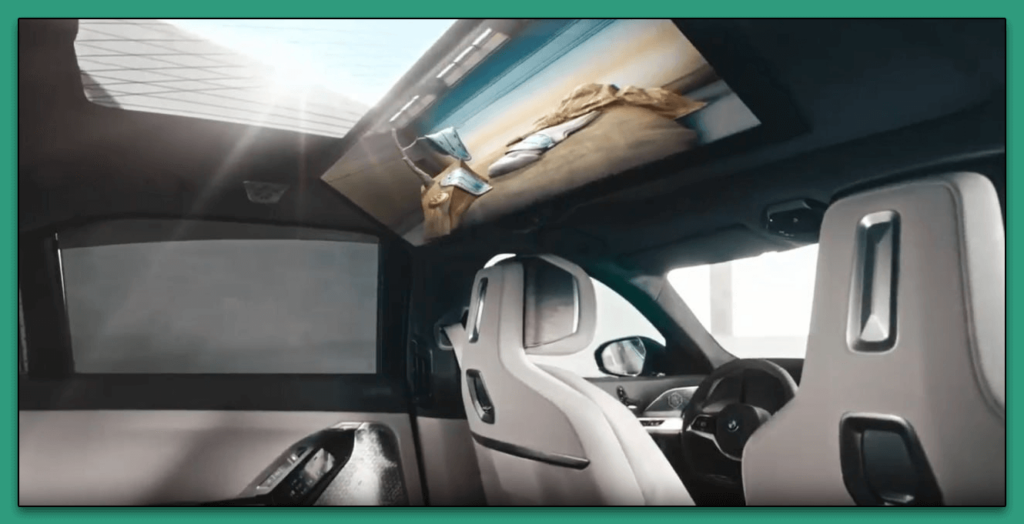
Social Advertising Campaign Against Dog Abandonment
The campaign using the painting “The Last Supper” by Leonardo da Vinci is directed against those who drive previously acquired dogs out into the street, condemning them to a homeless and miserable life on the street. In the center is an altered phrase of Christ addressed to the apostles: “One of you will betray us.” And all the dogs’ eyes are directed at the only person at the table. It’s strong.
Veolia
On World Water Day, March 22, Veolia released an advertising campaign that shows water as an inheritance that needs to be preserved, just as we preserve cultural heritage.
The campaign features 5 paintings inspired by famous Impressionist artists. But what happens to the lush gardens, green ponds and boat trips depicted by the Impressionists when they face drought?
“Water is part of our heritage. Let’s save it.”
Gucci
The advertising campaign of the spring-summer 2018 collection. Illustrator Ignacy Monreal and creative director of the brand Alessandro Michele named the masterpieces of world painting in the range from the XV to the XIX century as sources of inspiration — from the old masters (Bosch, van Eyck) to the pre-Raphaelites.

Low-cost airline easyJet
The British low—cost airline easyJet has launched an advertising campaign in which the characters of one of the most famous works of art – Da Vinci’s Mona Lisa, Vermeer’s The Girl with the Pearl Earring and Michelangelo’s David – became the heroes of the video. According to the plot, each of them finally broke free from the shackles of the museum and really felt what it was like to be a tourist.
And now for examples of integrating art into brand development and marketing.
BMW Art Journey
The brand sends artists to different parts of the world for new research and field work. The project refers to the brand’s philosophy — a thirst for adventure and a willingness to overcome obstacles. The content created as a result of travel becomes an excellent visual and textual tool that vividly tells the story of the brand.
Jacquemus and the Les Sculptures collection
The name of the collection translates as “Sculptures” and for a reason. The brand’s show, inspired by the work of Swiss sculptor Alberto Giacometti, took place on the territory of La Fondacion Maeght, the first independent art foundation in France, established in 1964.
12 STOREEZ
At the Cosmoscow exhibition, 12 STOREEZ brand together with artist Anna Acorn created the Silhouette project: a minimalistic space where the outlines of wardrobe items are guessed: dresses, shirts, trousers, T—shirts – and familiar interior details recreated from thin metal rods. The idea of the Silhouette project is close to the brand concept — the ability to see beauty in simple and concise things, to fill every moment of life with it.
Dior
Dior has launched a series of ballet video tutorials on its Youtube channel for anyone who wants to get acquainted with classical dance, learn how to feel music and show the story of designer Christian Dior’s relationship with ballet art, the brand’s relationship with art. Inside there are ballet lessons, educational videos and advertising campaigns related to ballet.

Cadillac House in New York
The Cadillac automobile brand has opened a space – a coffee shop, gallery and boutique Cadillac House, where visitors have the opportunity to look at things through the lens of Cadillac perception, and at objects that go far beyond automotive design: modern art, technology, music and fashion.
The space, according to the plan, brings even greater clarity to the new philosophy of Cadillac — Dare Greatly, emphasizing the changed pace and lifestyle of modern people.
Louis Vuitton Foundation
Guided by a mission of public interest, the Louis Vuitton Foundation fulfills a double obligation: to promote contemporary art and make it accessible to as many people as possible. Almost every exhibition becomes a hit. There is also a concert hall dedicated to meetings of musicians and artists representing all disciplines of modern creativity. Even the architecture of the building is impressive!
The Cartier Foundation
The museum was founded in 1984 after its president responded to the offer of artist Cesar and director Herve Chandes to support contemporary masters of painting and sculpture from around the world. The collection of the Cartier Foundation for Contemporary Art includes more than 1,500 works created by more than 350 artists from all continents: paintings, sculptures, videos, photographs, installations.
Airbnb
In 2019, the rental housing platform and the Louvre Museum held a competition, the main prize of which is a night for two in the most magical museum in the world.
Art lovers, according to the scenario of a fantastic night, went to the museum at sunset, where they were met by an art critic who conducted an individual tour for them. Then they had dinner in the company of Gioconda and Venus de Milo, as well as an acoustic concert in the apartments of Napoleon III. And then, no less interesting, the couple was waiting for the night under the dome of a 2,135-meter prism.
The collaboration attracted more than 10 million participants, and cross-promos on social networks provided a good increase in the predominantly young audience.
Loewe
When It first started collaborating with studio boss Richard Dawkins, he was thrilled not only because of the brand’s death. The main highlight was the huge, literally “revived” digital canvases of a modern American artist, which can be seen in the first video.
Starbucks
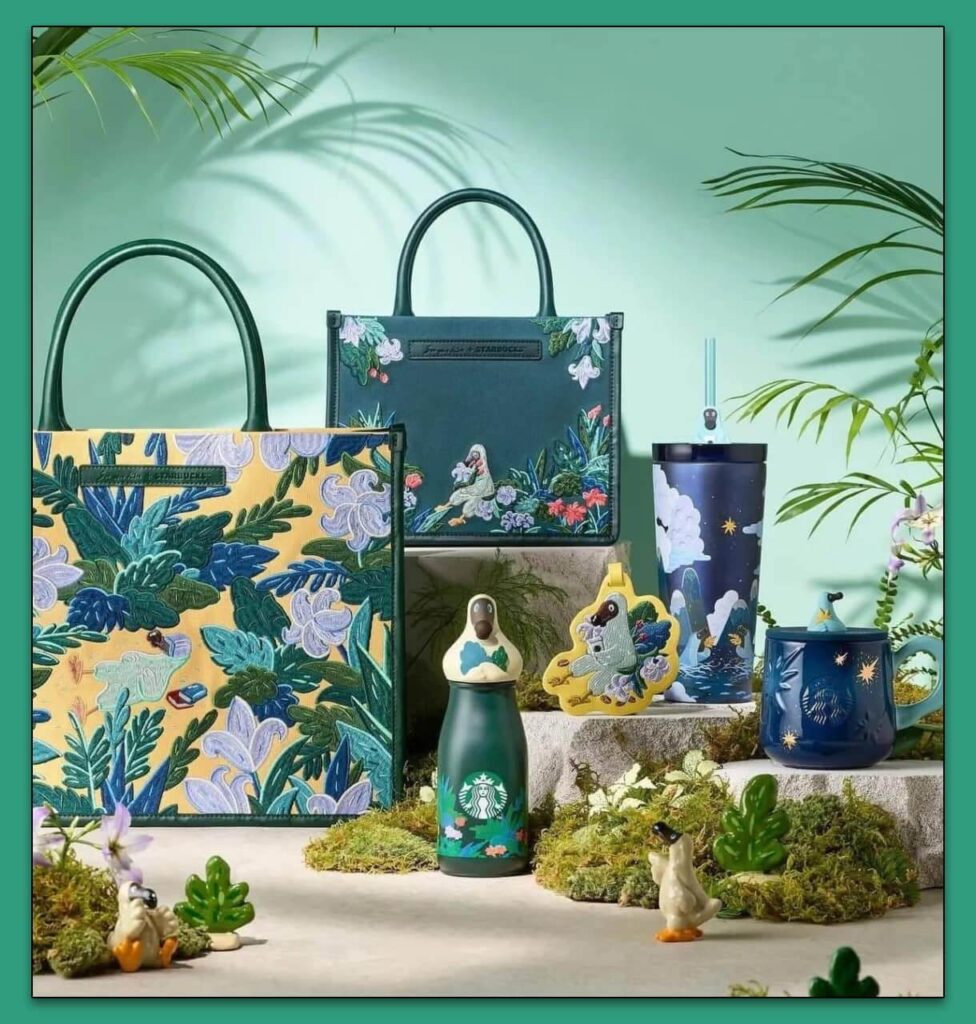
The Korean Starbucks coffee shop, in collaboration with a local store, has released a limited range of products for visitors.
Conclusion
Thanks for your attention! Contact WGG for more strategies about marketing and branding. We will tell you what tools to use to create an emotional connection with the consumer and “fall in love” with the brand.




